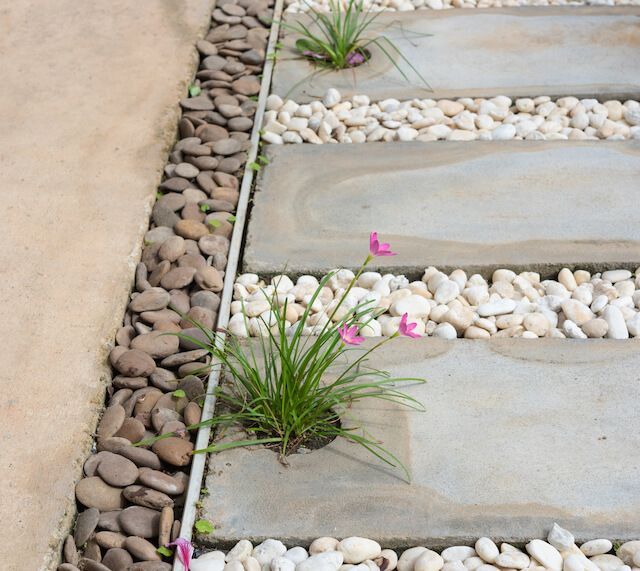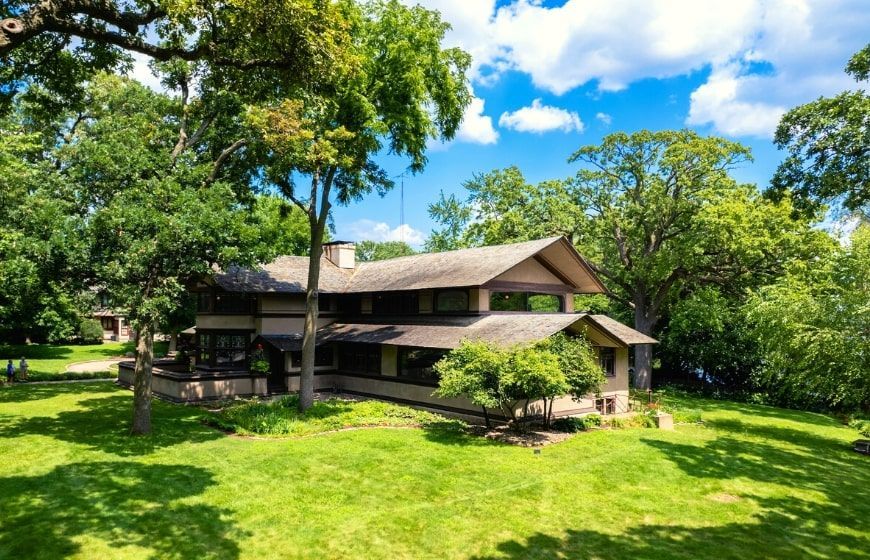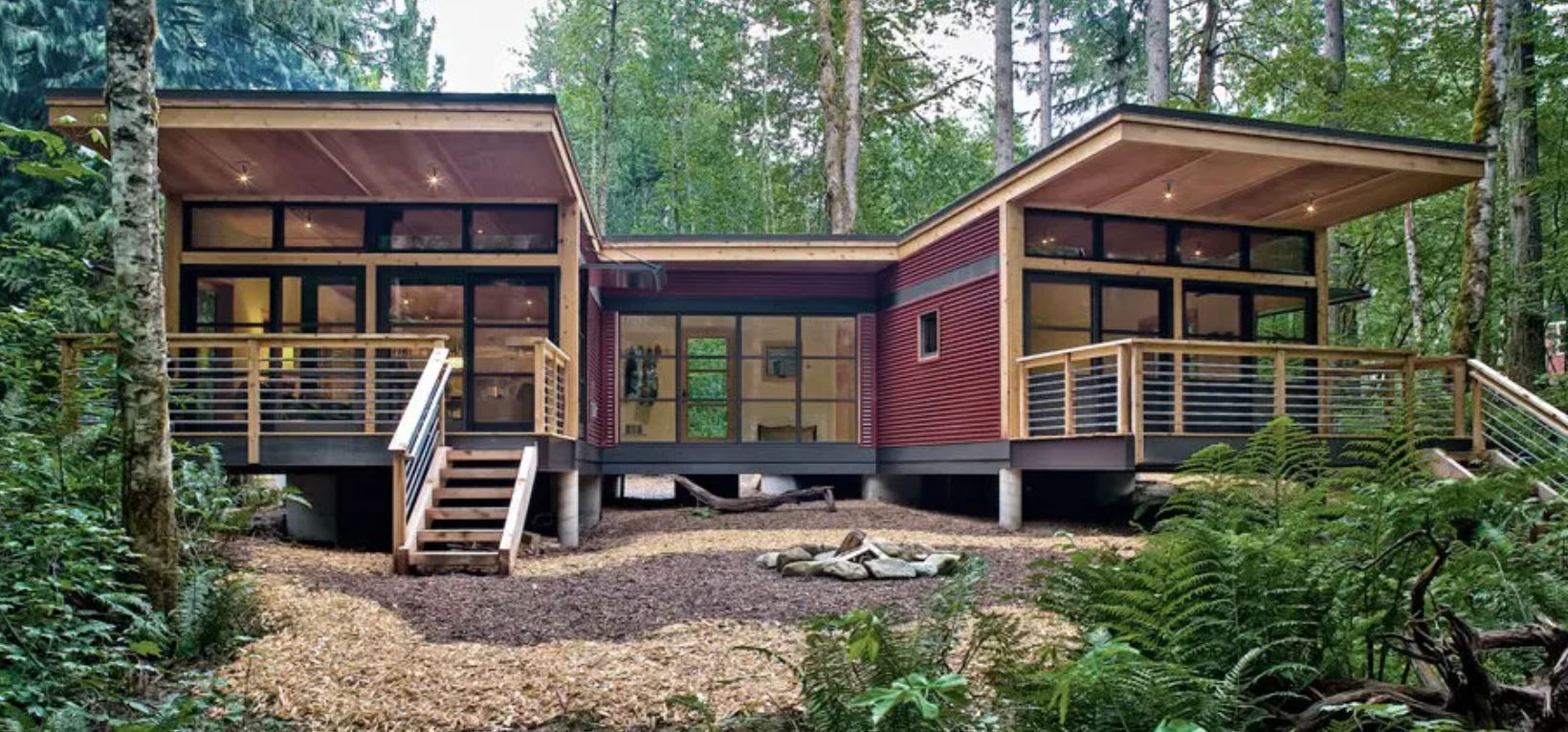You may already be familiar with LEED certification. It is the most widely used standard for green building projects. The idea is to promote building projects that are better for the environment while also being better for humans. The goals of LEED-certified projects can help us build better homes while conserving resources and protecting the environment.
This post will cover the goals of LEED projects.
The Goals Of LEED Certified Projects
Energy Efficiency
LEED projects strive to improve energy efficiency. The aim is to limit the structure’s contribution to global climate change while conserving resources. A study from 2010 indicates a 34% reduction in CO2 emissions from LEED buildings. However, advances in green technology have likely led to increasing efficiency since then.
Water Conservation
LEED projects also aim to conserve water resources. So, with many areas of the world facing water shortages, this will become an increasing focus for many projects. The designs of these buildings reduce water usage and implement features for water reuse.
Materials And Resources
The LEED program intends to promote the use of sustainable and eco-friendly materials. Along with choosing sustainable, eco-friendly materials, LEED also works to reduce waste. There is also a push in favor of using local materials over those that require transport over long distances.
Location And Transportation
Builders and designers should consider the project’s location and local transportation options. Part of the goal is to cut greenhouse gas emissions by reducing the need for driving a personal vehicle. Projects can achieve this by making public transport more accessible or designing areas with foot traffic.
Indoor Environment
Structures should increase comfort while contributing to human health. With this in mind, designers can enhance indoor environments with ventilation systems, natural light, material selection, and more.
Sustainable Sites
Builders should protect and respect the natural environment of the project. That means planning the project to reduce its impact on the ecosystem. The design should work with the local ecosystem instead of altering it. Project leaders should also take measures to avoid pollution at the site.
Integrative Process
The integrative process occurs early in the design phase of the project. The idea is to complete an assessment to identify opportunities for different systems or disciplines to work together. With the integrative process, designers can find more comprehensive solutions for implementing sustainable building practices.
More from the ModBlog





